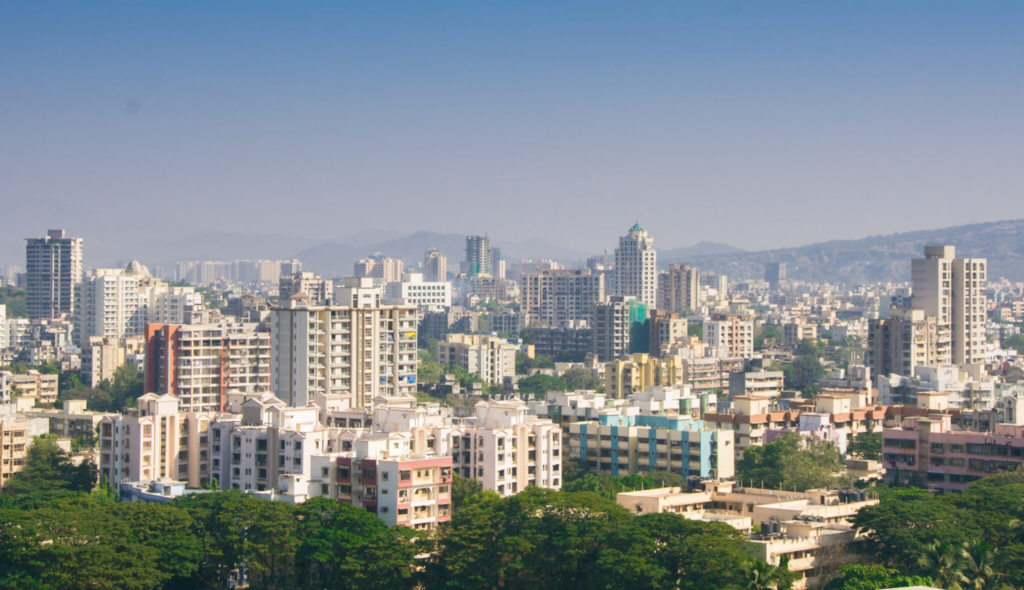
More temporary residents are choosing to settle outside of Canada’s major cities, marking a significant shift in settlement patterns. Factors such as affordability, quality of life, and economic opportunities in smaller cities and rural areas are driving this trend. Rising housing costs and congestion in urban centers push individuals to seek alternatives with lower living expenses and a better work-life balance. Moreover, advancements in remote work technology enable individuals to pursue employment opportunities beyond traditional urban hubs. Improved infrastructure and transportation networks further facilitate settling outside major cities. As a result, regions outside major urban centers are experiencing economic growth and cultural diversity, contributing to a more balanced and sustainable development across the country. Policymakers and urban planners need to recognize and support this trend by investing in infrastructure, promoting economic development, and fostering community integration in non-urban areas. Embracing this shift can ensure equitable opportunities and enhance the overall well-being of temporary residents and local communities throughout Canada.
In recent years, there has been a noticeable trend of more temporary residents opting to settle outside of Canada’s major cities. This shift is driven by various factors, including affordability, quality of life, and economic opportunities available in smaller cities and rural areas. Rising living costs and congestion in urban centers are prompting individuals to seek alternatives with lower expenses and a more relaxed lifestyle. Additionally, advancements in remote work technology allow people to pursue job opportunities beyond the confines of traditional urban hubs. Improved infrastructure and transportation networks further facilitate settling outside major cities, making it easier for individuals to access amenities and services. As a result, regions outside major urban centers are experiencing growth and diversification, contributing to a more balanced and sustainable development across the country. To support this trend, policymakers and urban planners should invest in infrastructure, promote economic development, and foster community integration in non-urban areas. Embracing this shift can lead to equitable opportunities and enhance the well-being of
1. Introduction
In recent years, there has been a noticeable shift in settlement patterns among temporary residents in Canada. Increasingly, more individuals are choosing to settle outside of the country’s major cities. This departure from traditional urban-centric settlement patterns raises questions about the underlying factors driving this trend and its implications for various aspects of Canadian society.
2. Trends in Settlement Patterns
Historically, Canada’s major cities such as Toronto, Vancouver, and Montreal have been magnets for immigrants and temporary residents. These urban centers offer diverse opportunities for employment, education, and cultural experiences. However, recent data indicates a shift in settlement preferences. A growing number of temporary residents, including international students, temporary workers, and skilled migrants, are choosing to establish themselves in smaller cities and rural areas across the country.
3. Factors Driving Settlement Outside Major Cities

Several factors contribute to the increasing trend of settling outside of Canada’s major cities. One significant factor is the rising cost of living in urban centers. Housing prices and rental rates in cities like Toronto and Vancouver have skyrocketed in recent years, making it increasingly challenging for newcomers to afford accommodation. In contrast, smaller cities and rural areas often offer more affordable housing options, making them attractive destinations for settlement.
Additionally, congestion, pollution, and the fast-paced lifestyle prevalent in major cities may deter some temporary residents from choosing urban centers as their long-term home. Smaller communities often offer a quieter, more relaxed pace of life, which can be appealing to individuals seeking a better work-life balance.
4. Economic Opportunities Beyond Urban Centers

Contrary to popular belief, economic opportunities are not limited to major cities in Canada. Many smaller cities and rural areas boast thriving industries and robust job markets. For example, regions with a strong agricultural sector may offer employment opportunities in farming, agribusiness, and food processing. Similarly, areas with natural resource extraction industries, such as mining and forestry, provide job prospects for skilled workers.
Furthermore, government initiatives aimed at promoting economic development in rural and remote areas have led to the establishment of business incubators, technology hubs, and investment incentives outside major cities. These efforts have helped diversify local economies and create new job opportunities, making non-urban areas more attractive to temporary residents seeking employment.
5. Quality of Life Factors

Quality of life considerations play a significant role in influencing settlement decisions. While major cities offer cultural amenities, entertainment options, and a vibrant social scene, they also come with drawbacks such as traffic congestion, air pollution, and noise pollution. In contrast, smaller communities often boast cleaner air, less traffic congestion, and closer proximity to nature.
Access to healthcare, education, and recreational facilities is another important consideration for temporary residents, especially those with families. Many smaller cities and rural areas offer high-quality healthcare services, well-equipped schools, and ample recreational opportunities, making them desirable places to raise a family.
6. Infrastructure and Accessibility
Improvements in infrastructure and transportation networks have made settling outside major cities more feasible than ever before. Investments in highways, public transit, and telecommunications infrastructure have enhanced connectivity between urban centers and rural areas, reducing the barrier to entry for temporary residents.
Additionally, advancements in remote work technology have enabled individuals to pursue employment opportunities outside of traditional urban hubs. With the rise of telecommuting and flexible work arrangements, many temporary residents no longer need to be geographically tethered to major cities to access job opportunities.
7. Conclusion
The increasing trend of settling outside of Canada’s major cities among temporary residents reflects shifting priorities and changing perceptions of urban life. Factors such as affordability, economic opportunities, quality of life considerations, and improved infrastructure all contribute to the attractiveness of smaller cities and rural areas as settlement destinations.
As this trend continues to unfold, policymakers and urban planners must consider the implications for regional development, infrastructure investment, and community integration. By understanding the drivers behind this trend and addressing the needs of temporary residents settling outside major cities, Canada can ensure sustainable and inclusive growth across all regions of the country.
